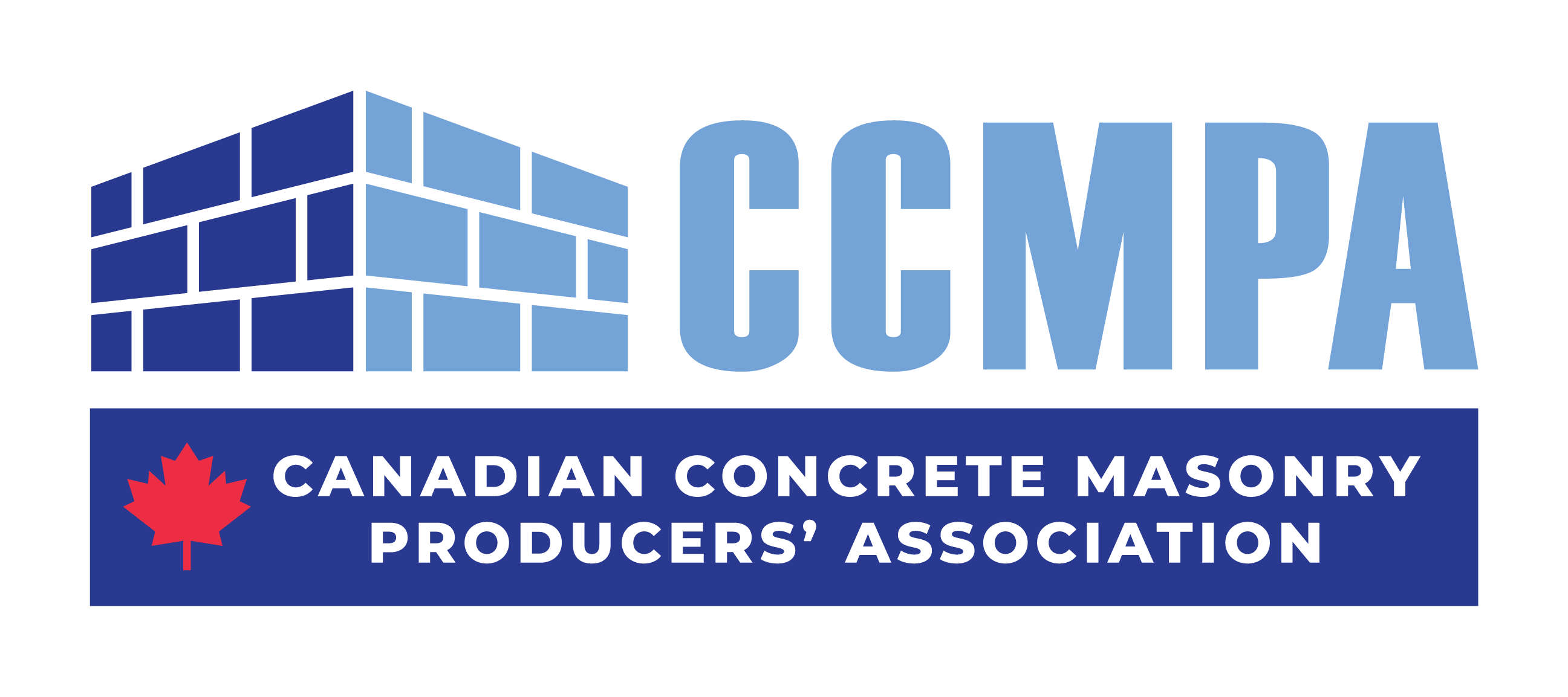To help homeowners better appreciate the differences in fire performance of popular building materials, Judy Pryma, president of MasonryWorx, defines some of the common terms that are important to know and understand:
Fire resistance is the ability of a material or assembly to withstand fire, by resisting passage of flame and transmission of heat. Fire resistance rating is measured in minutes or hours, using a standardized laboratory test that exposes the material or assembly to a controlled fire.
Firewall is a fire resistant wall used as a barrier to prevent the spread of fire. It has a stated fire resistance rating and must be structurally stable so that it does not collapse during a fire for a period of time at least equal to its fire resistance rating. In Ontario, firewalls in residential construction are required to be 2- hour firewalls. Concrete block is most commonly used. The Ontario Building Code recognizes masonry as the best choice.
Fire load is the amount of combustible material present in a room or building that can serve as fuel for a fire. Masonry products are non-combustible, which means they will not burn like wood, and will not contribute to the fire load.
Compartmentalization means dividing a building into areas using walls and floors that are highly resistant to fire. These compartments prevent the spread of fire and toxic fumes, and provide areas of refuge for both occupants and fire fighters. Compartmentalization is achieved by building walls with masonry materials.
Hose-stream test measures a building material’s ability to withstand the impact of water from a fire hose, at high temperature during exposure to a fire. During a fire, a wall must be able to resist direct impact and stresses caused by rapid temperature changes in order to prevent the spread of fire directly through it.
Visit www.MasonryWorx.com for more information about brick, block and stone masonry.



